Experts have warned that the latest 4.4 magnitude earthquake that rocked Los Angeles hit a very specific region that contains a potentially dangerous fault system.
Seismologists have further warned that this fault system is no joke — and could be even worse than the well-known San Andreas fault.
The Puente Hills Fault System

This dangerous fault system is called the Puente Hills fault. This system is an underground fault that runs underneath much of Los Angeles and Orange counties.
This fault line also runs underneath downtown Los Angeles, which has many vulnerable buildings that house thousands of people.
A Potentially Dangerous Fault

Scientists have increasingly warned of the damage that the Puente Hills fault could do to Los Angeles, particularly if it produces a massive earthquake.
Because this fault system is quite wide and long, it could truly put many buildings and people in danger if it were to rupture.
Catastrophic Situations

In fact, scientists have come out to explain that a 7.4 magnitude quake will likely one day be produced by this specific fault line.
When that day occurs, this could see waves being made all the way from San Gabriel to Hollywood, which is a 20-mile distance. Some scientists’ models even forecast that 18,000 people could die during an event like this.
Why Puente Hills Is So Dangerous
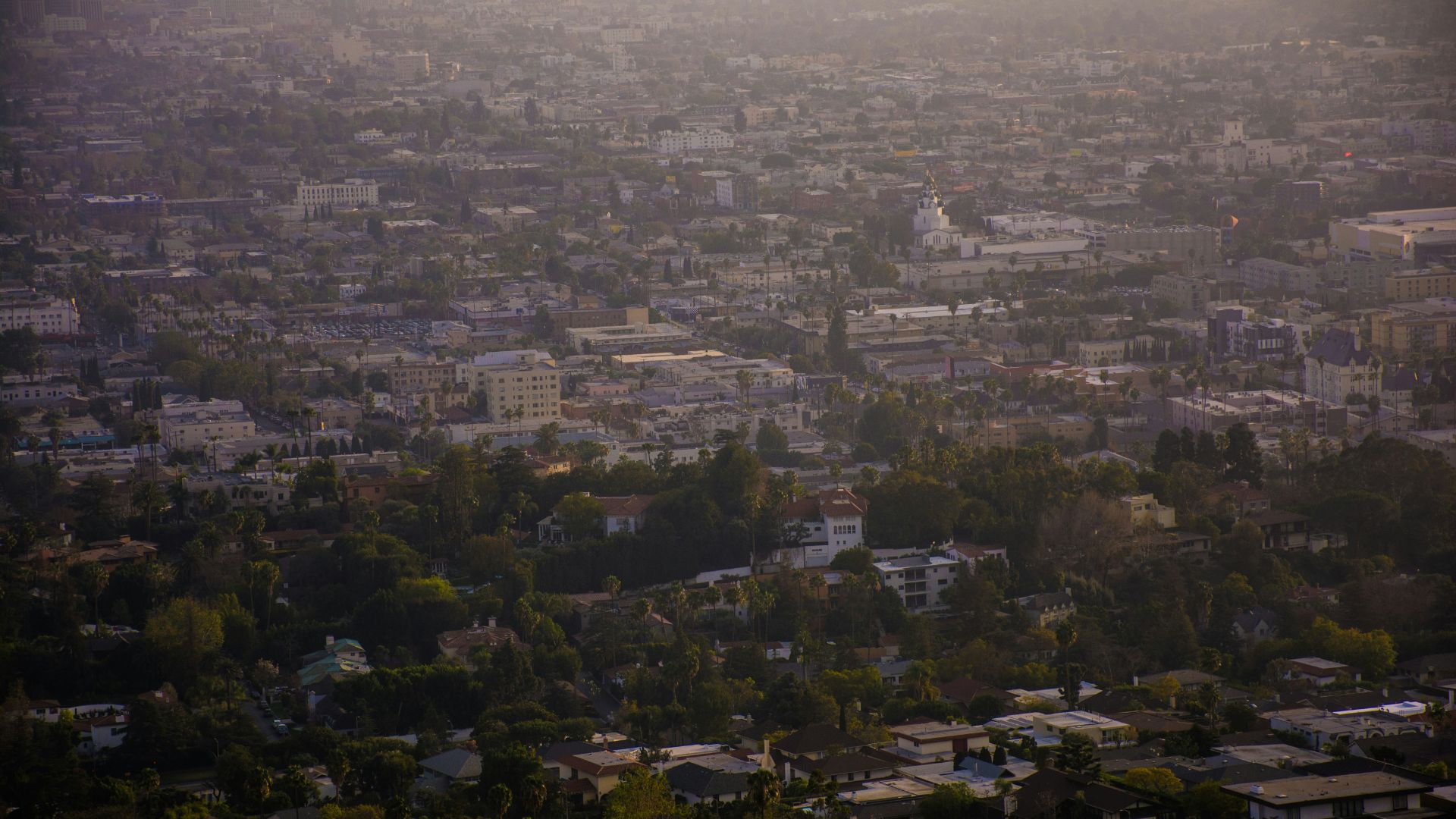
These mass amount of deaths could occur because of the many old buildings from the 1950s and 1960s that haven’t been revamped to make them safer.
Seismologist Lucy Jones explained, “We have an incredibly dense concentration of vulnerable buildings right on top of the Puente Hills fault, so that’s what makes it so particularly dangerous.”
Puente Hills Was Affected by the Last Quake
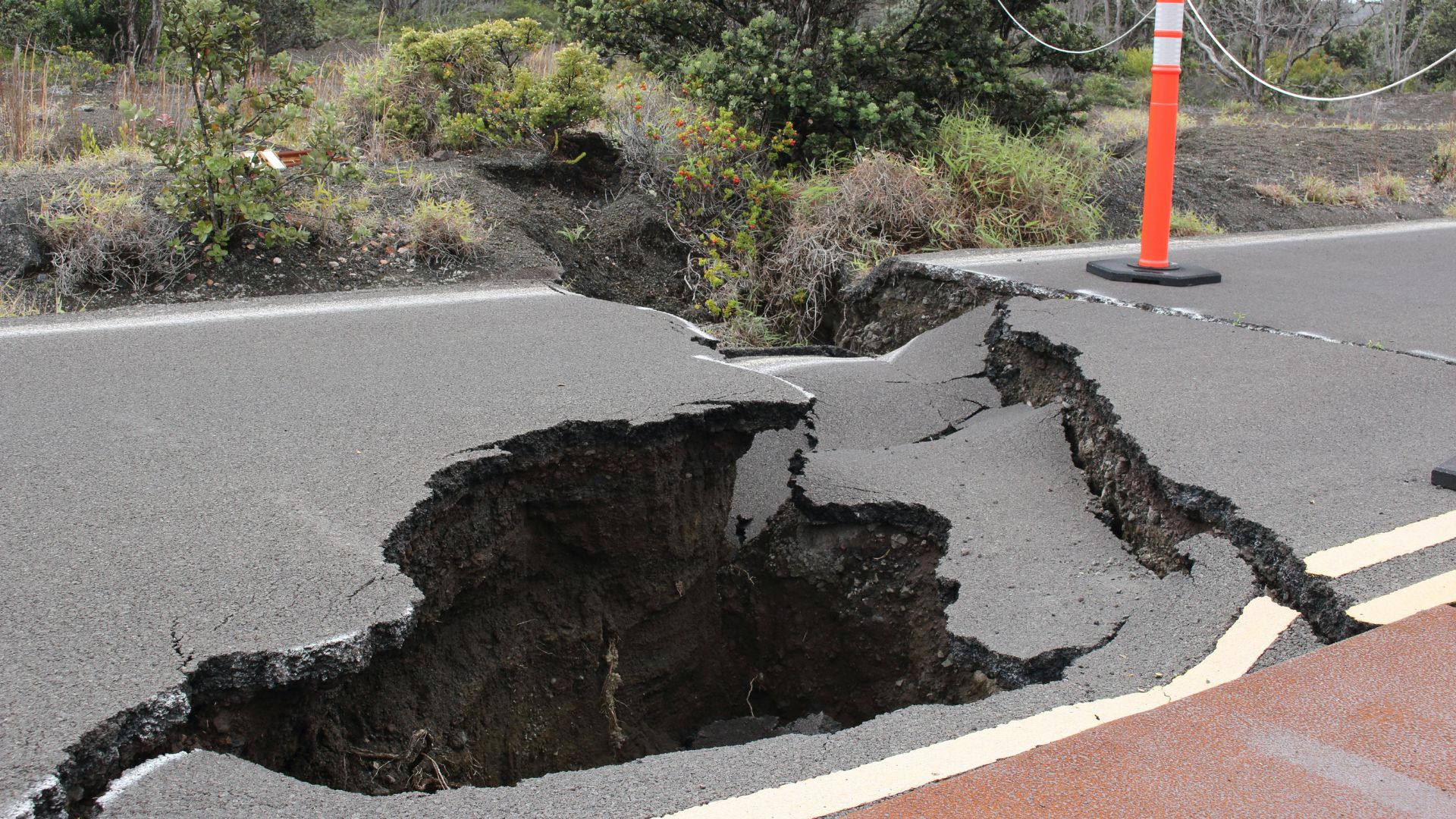
According to scientists, the Puente Hills fault was hit and moved during Monday’s earthquake experienced in Los Angeles.
So far, seismologists aren’t 100% certain which fault system truly moved during this quake — though they’re leaning towards Puente Hills being the impacted one.
Blind Thrust Faults

The Puente Hills fault is a very interesting — and difficult — system for scientists, as it is an incredibly complex fault to study.
This fault is known as a “blind” thrust fault, as it’s buried under many layers of sediment and rock, and scientists often are unaware of it until an earthquake is produced.
Puente Hills vs San Andreas
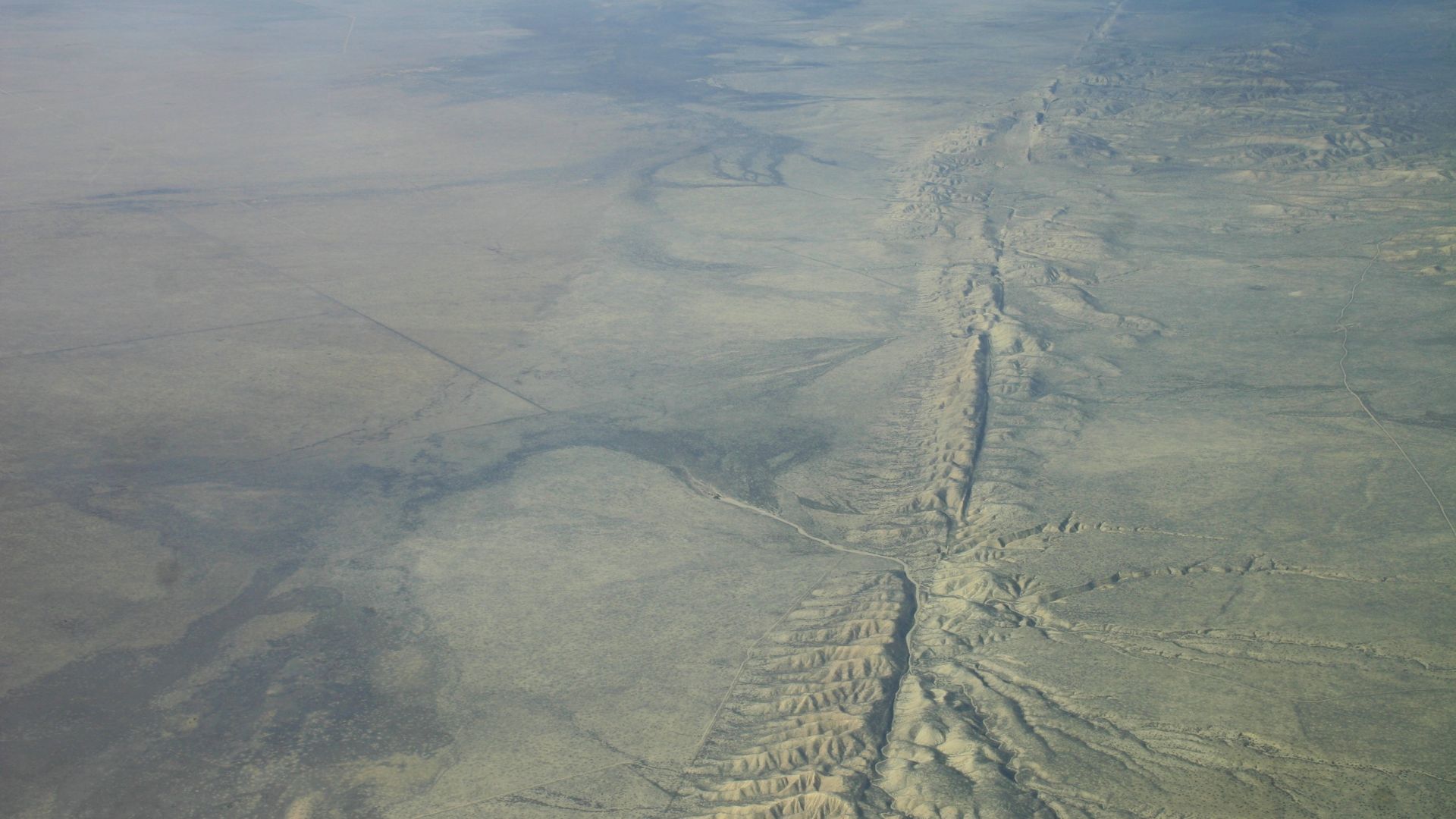
Many people in California and elsewhere in the country are well aware of the San Andreas fault. The San Andreas is one of the largest faults seen in the world.
While notorious, scientists have stated that the Puente Hills fault is actually more dangerous than the San Andreas — even though the San Andreas ruptures more.
Major Faults Producing Earthquakes
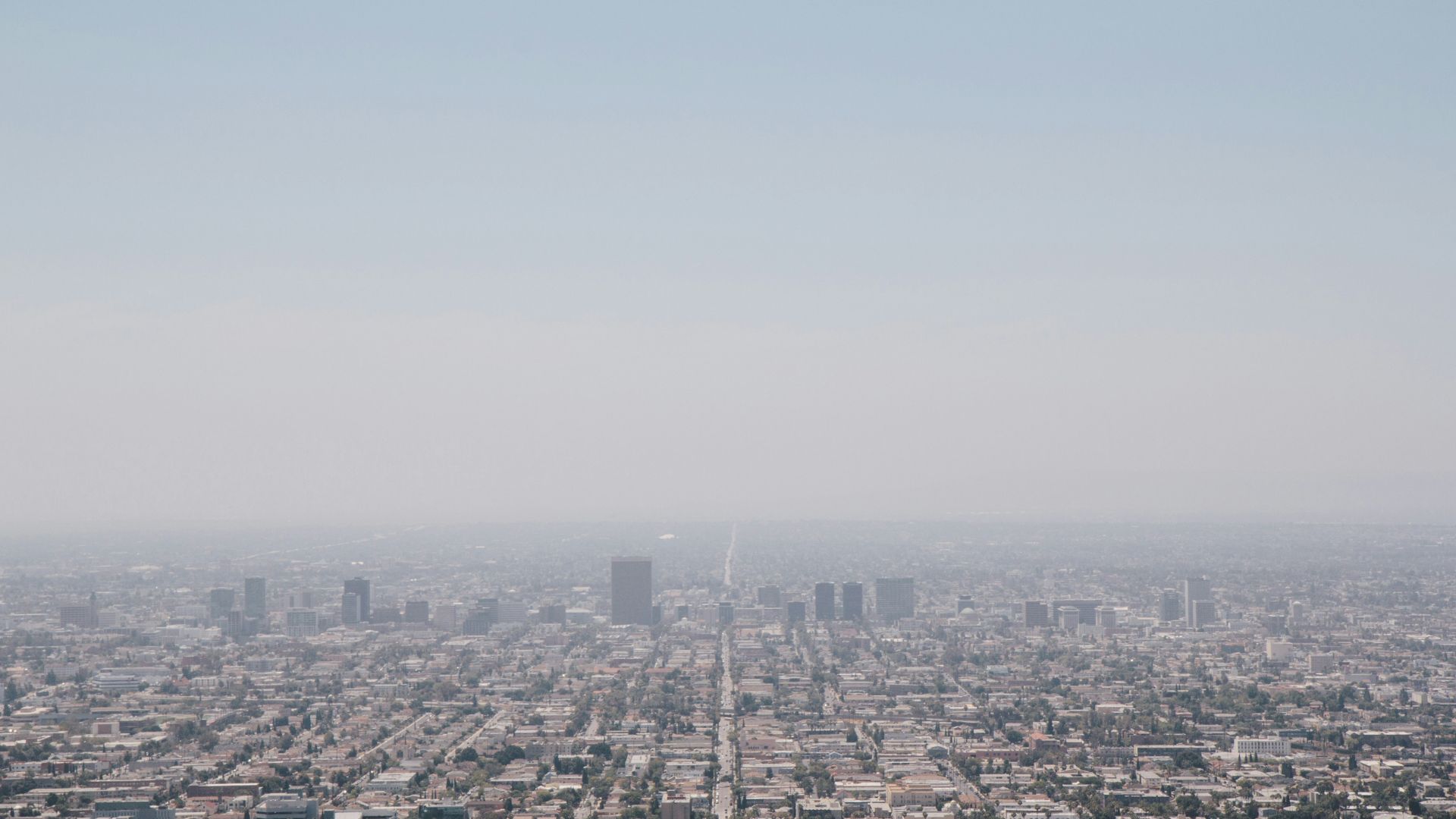
Jones explained that though the Puente Hills is more dangerous, San Andreas may end up doing more damage in a period of time.
“Summed up over the next few thousand years, the San Andreas is going to do more to us than the Puente Hills because the Puente Hills will move once and the San Andreas is going to move 20 times,” Jones stated.
Why Is Puente Hills More Dangerous?
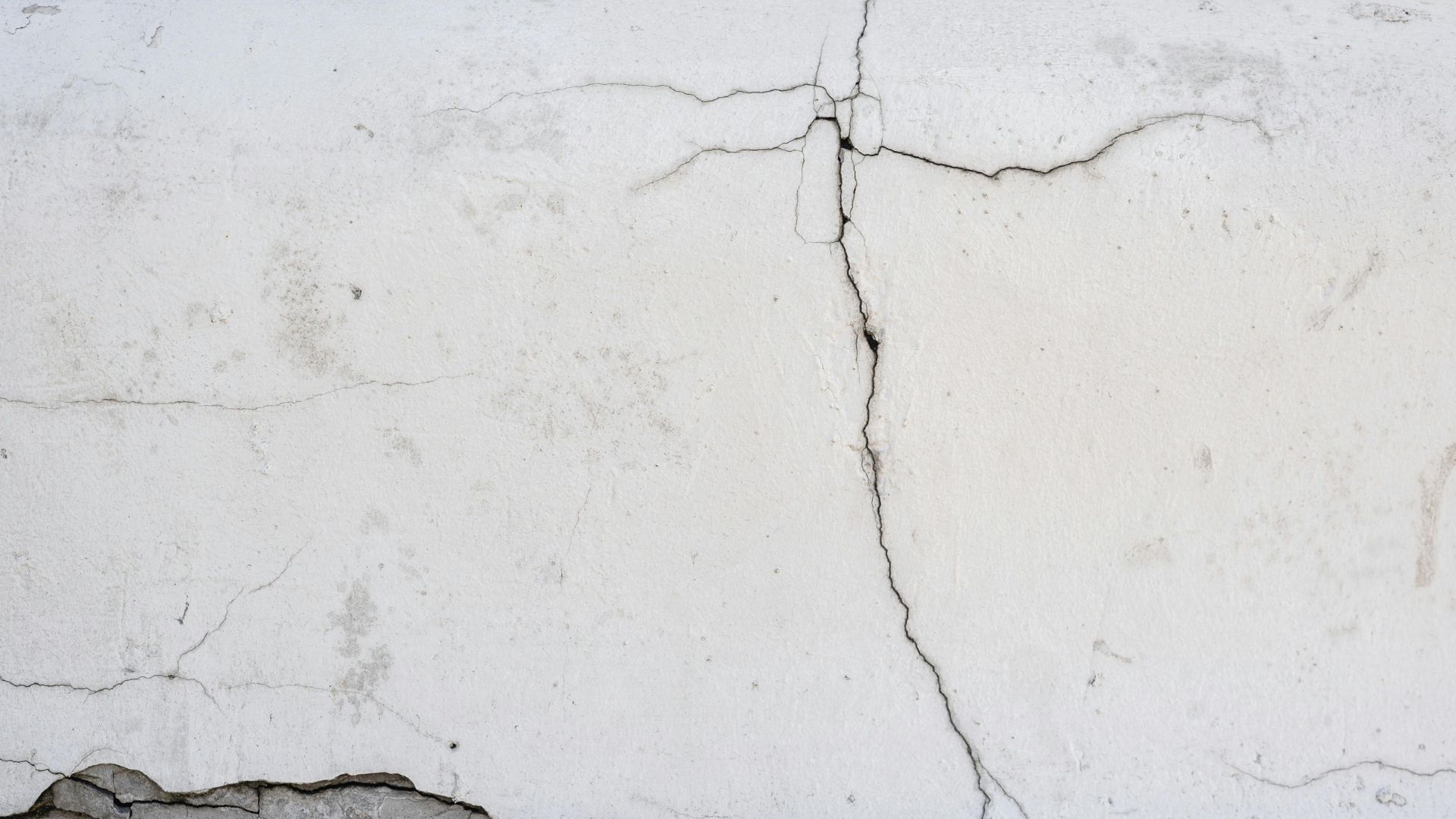
Jones also opened up about why seismologists consider Puente Hills more dangerous — especially when San Andreas can produce more earthquakes.
Jones said, “When we say more dangerous, well, the San Andreas is going to hit us so much more often, the cumulative amount of damage could be really bad. But … when that one earthquake happens in Puente Hills, because it’s right under Downtown Los Angeles, the estimates are about an order of magnitude more damage than what we get from the San Andreas earthquake.”
The Last San Andreas Quake in Southern California

It’s been more than 100 years since an earthquake from the San Andreas fault has even hit Southern California.
The last quake from this fault occurred in 1857. Called the Fort Tejon quake, this 7.9 magnitude earthquake rattled the region. However, as the area was not very populated at the time, it only killed one person.
More Earthquakes Seen in California This Year
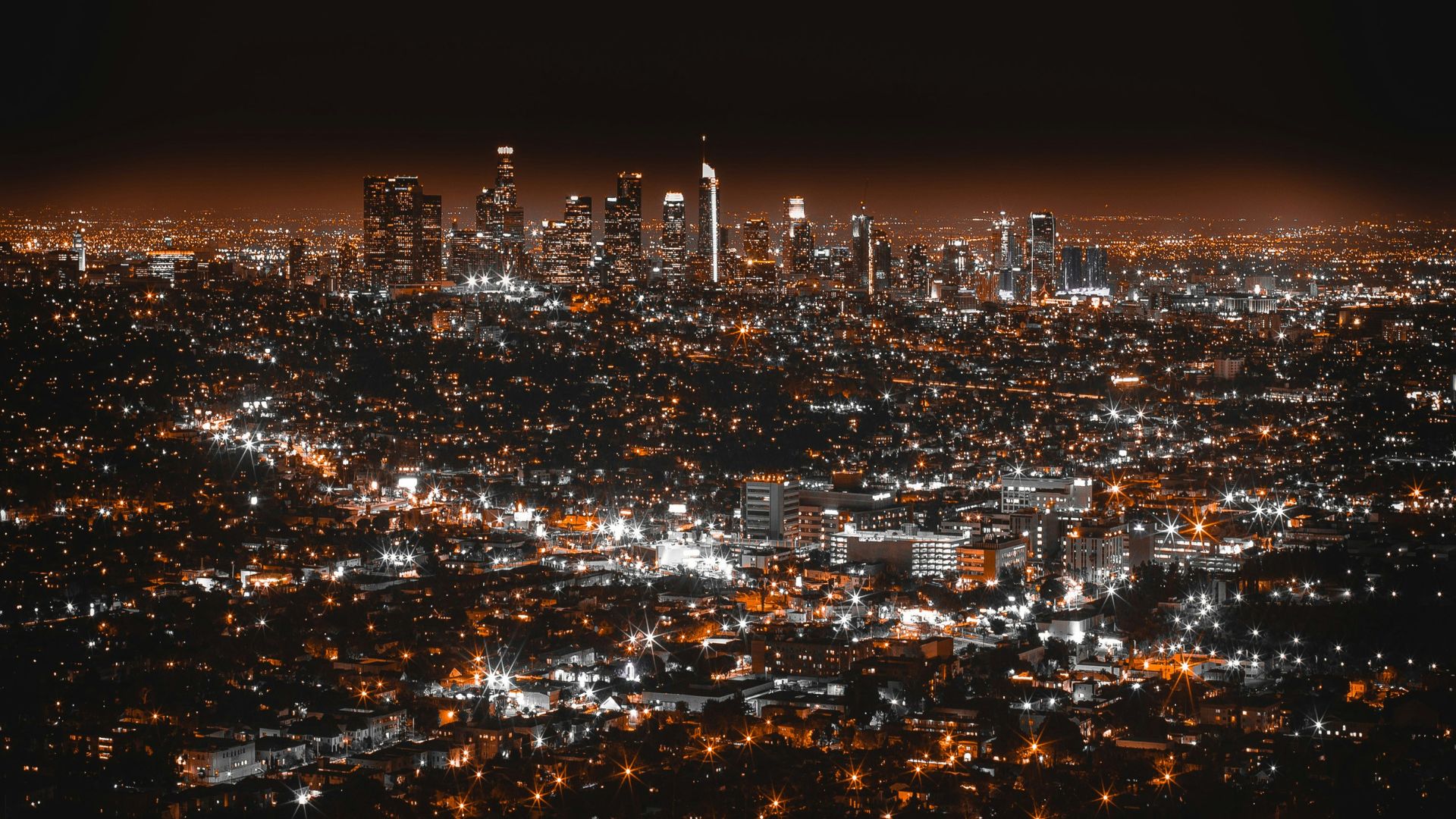
California is no stranger to earthquakes — even though many Southern California residents may not have seen a lot over the last 20 years. However, scientists have warned the public to be aware that more earthquakes have been experienced this year than the long-term average.
Professor Michael Oskin explained, “The important lesson is that it’s a reminder that these faults are active, and we should be prepared.”
